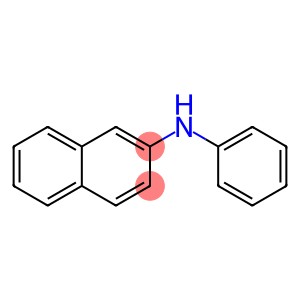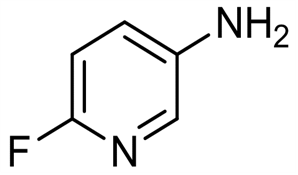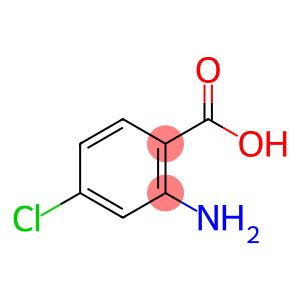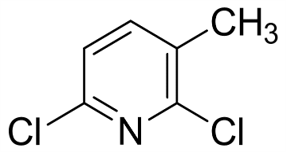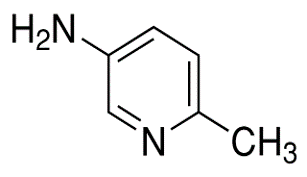N-phenyl-2-naphthylamine(CAS#135-88-6)
Risk and Safety
| Risk Codes | R36/38 – Irritating to eyes and skin. R40 – Limited evidence of a carcinogenic effect R43 – May cause sensitization by skin contact R51/53 – Toxic to aquatic organisms, may cause long-term adverse effects in the aquatic environment. R53 – May cause long-term adverse effects in the aquatic environment R51 – Toxic to aquatic organisms |
| Safety Description | S22 – Do not breathe dust. S24/25 – Avoid contact with skin and eyes. S61 – Avoid release to the environment. Refer to special instructions / safety data sheets. S36/37 – Wear suitable protective clothing and gloves. S26 – In case of contact with eyes, rinse immediately with plenty of water and seek medical advice. |
| UN IDs | 3077 |
| WGK Germany | 2 |
| RTECS | QM4550000 |
| HS Code | 29214500 |
| Hazard Class | 6.1(b) |
| Packing Group | III |
N-phenyl-2-naphthylamine(CAS#135-88-6) Brief introduction
Antioxidant butyl (also known as butyl hydroxyphenyl ether or BHT) is a commonly used chemical with the following properties:
Physical properties: Antioxidant butyl is a white crystalline solid, soluble in alcohol, ethanol, ethers and fats, insoluble in water.
Antioxidant butamine has a wide range of applications in the following areas:
Preparation method of antioxidant buty:
The antioxidant butyl can be prepared by sodium hydroxide-catalyzed oxidation of p-toluene. The specific steps include mixing p-toluene with sodium hydroxide and heating it to obtain the product of antioxidant butyl under the action of oxygen.
Safety Information:
Avoid inhalation: The dust of antioxidant butyl may cause irritation to the respiratory system, so inhalation should be avoided as much as possible when using it.
Avoid contact: Antioxidant butament may have an irritating effect on the skin and eyes, and appropriate personal protective equipment such as gloves, goggles, etc. should be worn when operating.
Pay attention to storage: Antioxidant Ding should be stored in a dry and cool place to avoid contact with incompatible substances.
Pay attention to the dosage when using: the use of antioxidant butyl should be carried out in accordance with the appropriate dosage and corresponding regulatory requirements, and should not exceed the recommended concentration.


